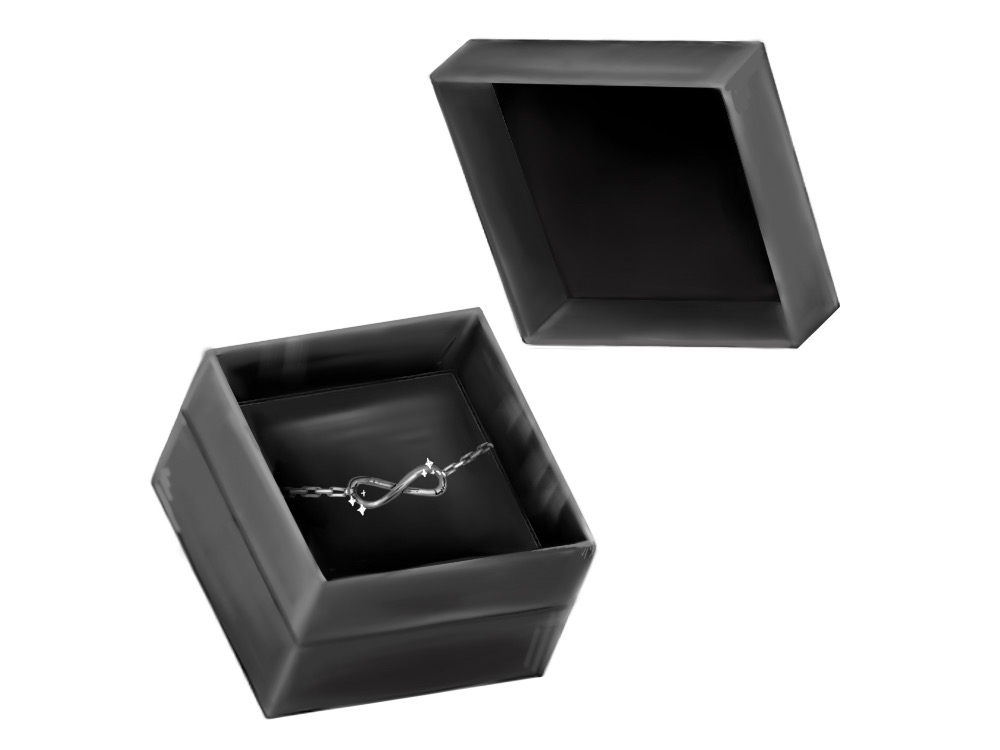NASA’s James Webb Space Telescope is a marvel of modern aeronautic engineering. Launched into space on December 25, 2021, it is designed to see further back in time and space than ever possible. One of these discoveries was the recent spotting of the oldest black hole known to mankind. This finding holds immense ramifications in the field of astronomy itself.
“The James Webb Telescope’s huge optics allow it to see features in space that are 13.6 billion light years away,” earth science teacher Mr. Yazak said. “This is close enough to the theoretical origin of the Big Bang Explosion which occurred 13.8 billion years ago. The James Webb scope can capture more wavelengths of energy and light than the previous Hubble space telescope. This allows for greater detail in imagery and data to make inferences about the composition of other celestial objects. We have now been able to catalog more stars, galaxies and black holes.”
Preceding the James Webb Space Telescope was the revolutionary Hubble Telescope, which orbits around the Earth to detect celestial objects. However, unlike its predecessor, the James Webb Space Telescope orbits around the sun a million miles from Earth. It also has the ability to take pictures in the infrared part of the electromagnetic spectrum. This allows the telescope to peer into incredibly distant galaxies and other astral objects.
The telescope’s ability to detect significantly distant celestial bodies means that the light emitted by these objects must take a substantial amount of time to travel. This allows the telescope to not only look at faraway objects but also peer into their pasts. Furthermore, light becomes “redshifted” as it travels expansive distances from distant bodies, which means the light emitted is shifted towards the red side of the electromagnetic spectrum. This is what makes the telescope’s ability to capture infrared light so significant.
On January 17, using the James Webb Space Telescope and the Chandra X-ray Space Observatory, NASA found this black hole, the furthest and thus the oldest to ever be discovered by humans. Located in a galaxy dubbed UHZ1 is this supermassive black hole with a mass comparable to that of its galaxy. It was discovered by detecting X-rays released by superheated gasses, which are signs of a growing supermassive black hole.
“It is definitely very exciting as scientists have estimated that it existed only 400 million years after the Big Bang,” science teacher Ms. Bansal said. “It is a few million times as massive as the sun and has expanded way faster than the predicted expansion rate of black holes. It is engulfing its host galaxy to death.”
What’s peculiar about this specific black hole is the size it has reached despite its existence in the early part of the universe. By modern principles of astrophysics, this black hole would theoretically not have had enough time to grow millions of times the mass of our Sun. These findings suggest that the world of astronomy may need to reevaluate its predictions when it comes to black holes during the universe’s infancy.
Due to its age, the black hole also gives insight into how celestial phenomena like black holes worked in the early universe. In this case, the existence of the black hole gives more evidence to the theory that rather than being created from stars, early black holes were formed from large amounts of gas collapsing in on itself creating black holes with enough mass to rival its own galaxy.
“The discovery of the oldest black hole will prompt further exploration of the universe and its uncharted origins. I think that researchers will be able to determine more about what space is like further away from Earth and discover clues to the past of the universe,” junior Tiffany Tso said.
































